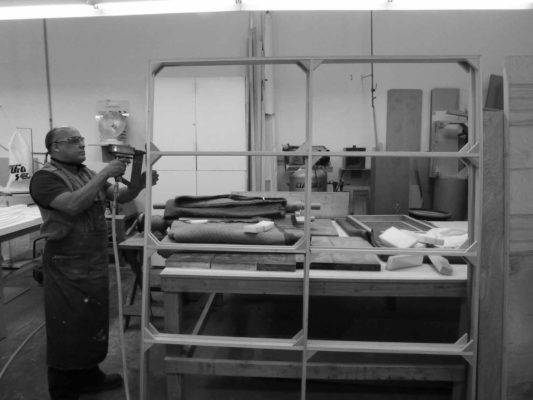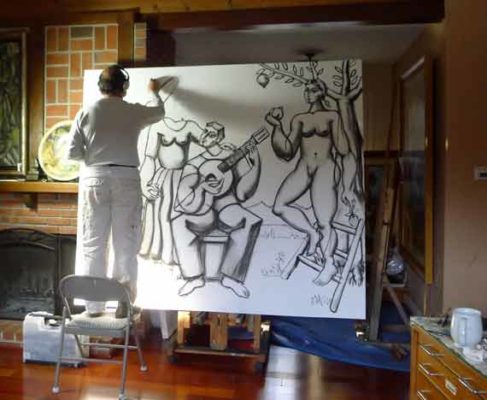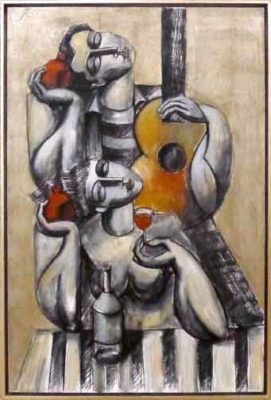For thousands of years the eyes of the civilized world have been captivated by the refined vitality, rich traditions, and dynamic advancements that define Italian art, architecture, fashion, cuisine, and mechanical design. Our 21st century fascination with “bling” mirrors the age-old appreciation for sparkling luster, especially when it carries the cachet of antique affluence. By incorporating the styles that evolved as part of their rich cultural Greco-Roman, Byzantine, and northern European heritage, Venetian artisans during the Renaissance were respected for their skillful application of silver leaf on paintings, furniture, and objets d’art. The exquisite colors and textures of these works of art were enhanced by the mysterious quality of light that they reflected. After 900 years art specialists have been able to determine that the illusive secret was not only in the silver leaf itself but in the surface to which it was applied as well.
Stygian Publishing is delighted to premier a unique collection of new works by the artist Yuroz. Prepare to be transported back in time to Renaissance Italy by Yuroz’s imaginative fusion of classical techniques and contemporary artistic expression. His exquisite rendition of a specialized method of combining silver leaf and drawing on wood panels pays homage to Venetian artisans in the 13th, 14th, and 15th centuries who echoed the sensuous and cultivated beauty of their time in decorative art and décor. “It all began several years ago when I came across a line of designer furniture that featured what was called a Venetian silver finish,” explains Yuroz, whose boundless creativity has excited collectors for almost three decades. “The elegance of the silver color and softness of the reflected light created a beautifully aged look. When I slid my hand across the surface of a finely polished coffee table, I knew immediately that I had to learn how to make this for myself. I began to research this historical process with the help of experts and discovered a wealth of information that has lent a fresh new dimension to my work.”





